Art In Sync
Synchrodogs unleash notions about their Supernatural Dallas exhibit
With a surrealistic viewpoint and an organic process, the Ukrainian photographic duo Synchrodogs have an “anything goes” approach to their photography, including the absence of clothing.
Self-taught yet incredibly media-savvy (they’ve garnered nearly a hundred thousand Facebook fans), Tania Shcheglova and Roman Noven originally met in 2008 on a photography website. Their diary-like aesthetic has evolved throughout the years as they gathered editorial credits for the likes of Dazed and Confused, Esquire, Jalouse, and Vice, while shooting for brands such as Kenzo and Urban Outfitters.
Approached by the Dallas Contemporary just over a year ago to create their first solo show, these self-taught talents took off across the American West this spring to capture wide-open landscapes while indulging in their own, slightly exhibitionistic self-exploration. Opening September 19 and running through December 21, “Supernatural” features 19 images that show an appreciation for natural beauty in all its forms.
Says Dallas Contemporary assistant curator Lilia Kudelia, “They seem to always know how to transgress borders and where to pause, reflect, and just deeply love everything around them. I often think of Tania and Roman as contemporary Adam and Eve: adventurous gypsies expelled from the Garden of Eden and searching for their lost paradise.”
CultureMap spoke to Synchrodogs via email ahead of the show to discover the inspiration behind this most Texas-centric body of work.
CultureMap: Why intrigues you about the American West, and how did your preconceived notions and ideas of the landscape change after your travels?
Synchrodogs: Actually we imagined going to a desert, and that was exactly where the roads led us. The other thing that actually fascinated us was how far you can see around simply standing on a hill or just driving a car through some desert land. Then you realize how endless those territories are.
This was a 4,000-mile drive for us, and it’s like driving from Ukraine to Portugal through all of Europe and back — it’s a lot. I guess we can go work as a truck driver after that.
CM: Can you talk about your experiences on that trip? Did you have set destinations and images in your mind when you began?
SD: Of course, we set a route with those districts that were interesting for us, taking into account some Google map research we carefully made some months before. But there was always some element of spontaneity, which led us climbing some dangerous vertical rocky hill, as we knew from the map there is some yellow spot just on the top.
We had all the ideas as small drawings right in front of us all the time, so we knew more or less which kind of environment we are looking for. Later on, when we found some wonderful place, we just put [the] puzzle together.
CM: Where did the images you chose ultimately come from?
SD: We traveled through Texas, New Mexico, Utah, Arizona, and, finally Colorado (which was like “Oh my God, they have trees here in the U.S.”). For us, the borders between states were almost erased; we could only know exactly when we were almost back home by billboards such as “Don’t mess with Texas” (so we didn’t). We believe we equally used all the beauties of the states for the show, but Texas still prevails in quantity.
CM: What does the title “Supernatural” mean to you? How do dreams and the supernatural inform your work?
SD: For this newest project, we used our constructed images as a vehicle for questioning the border between the evident and the elusive, between the right and the wrong, uncovering edges of our own subconscious, using intuition as a way of acquiring knowledge without the use of a reason.
To some extent, the inspiration for this project was not some kind of knowledge, but vice versa: those things we do not know much about.
CM: Can you tell the story of how you two originally met? Did you expect your collaboration to grow as strong as it has?
SD: We met each other on a photography website as we are originally from two different cities eight hours away from each other by train. We were not planning to become artists; we were just shooting diary pictures in 2008, and our vision and life perception evolved with the years. We acquired some understanding [of] ourselves.
CM: As a photography duo, how do you two divide the work? Is it a 50/50 collaboration, or are there aspects of the photography that each of you gravitate to?
SD: It is an absolutely equal collaboration. We got used to being absolutely transparent to each other, sharing ideas and night dreams, managing all our things together.
CM: Where did the name Synchrodogs come from?
SD: Though we are two people born on different dates and in different cities, we are very alike when it comes to all basic things. Having same tastes, same vision of future, even same thoughts to say aloud made us think we are synchronized to some extent.
And the fact we both love nature more than any other kind of environment made us think we are dogs (who are true friends of humans but their soul belongs to endless fields).
CM: How do you alter your work for fashion magazines and art exhibitions? Is there a difference in your approach to a job versus a project you dreamed up yourself?
SD: For us it is okay to have a healthy balance between shooting our personal art projects, participating in exhibitions, and working on commercial fashion projects and campaigns.
As for approach it differs a lot — for personal projects, we find inspiration deep in our soul. Sometimes simply in hundreds of thoughts that come through our mind while trying to fall asleep, sometimes in life observation while traveling, sometimes in actual night dreams.
For commercial shootings, we more take into account the style of a brand and the collection concept and the theme of pre-planned shooting.
CM: Do you prefer to model in the photographs or to capture other people?
SD: In our duo there in no model and two photographers; for us human is only something abstract that exists in contest of natural world, therefore we find it important to shoot ourselves for personal projects as they represent our own self exploration in connection with the planet.
CM: How does being Ukrainian inform your work?
SD: The country that brought us up definitely had some impact on our personality. We even appreciate the lack of art education Ukraine offers to its citizens (especially in small cities like the ones we come from), as we understand how aboriginal we can look for somebody who comes from European countries and regularly buys contemporary magazines and sees so many things happening around. But raw doesn't mean bad; it is just a bit specific.
CM: What is up next for you?
SD: We are constantly busy with one project after another, so we were hoping to have a one week of doing nothing after the show opens. Maybe a long walk through Dallas antique [shops] in search of American things?
---
Synchrodogs will appear at an artist’s tea and talk at the Taschen Library in The Joule on September 20, 2:30 pm. Email Tea@TheJouleDallas.com for reservations.
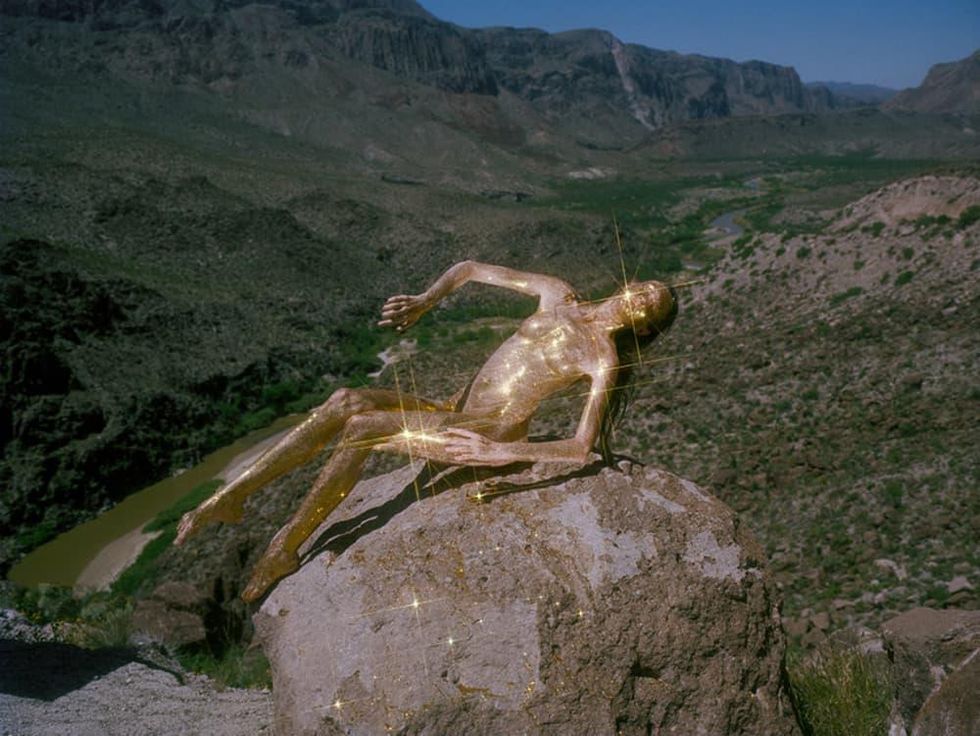
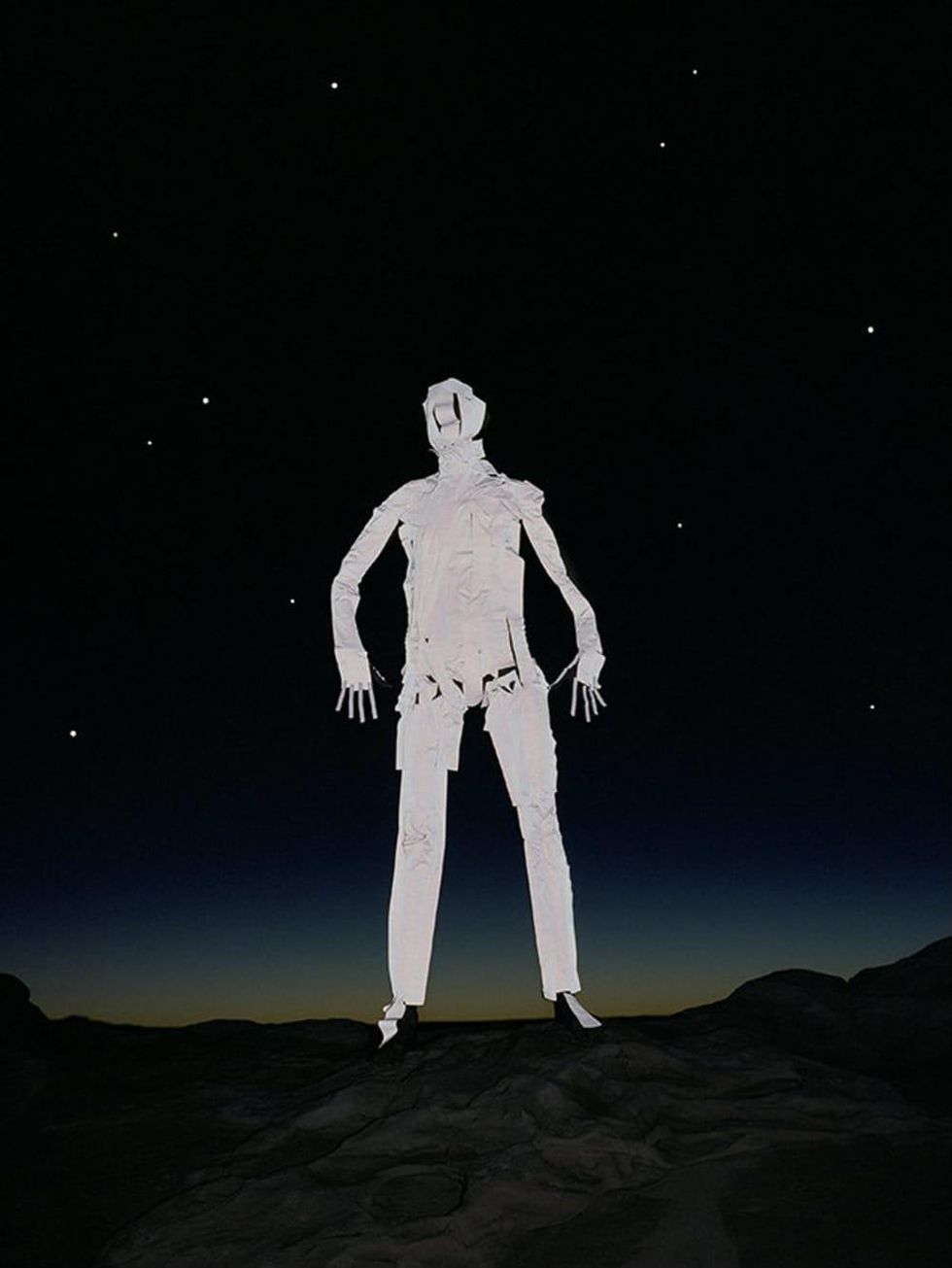
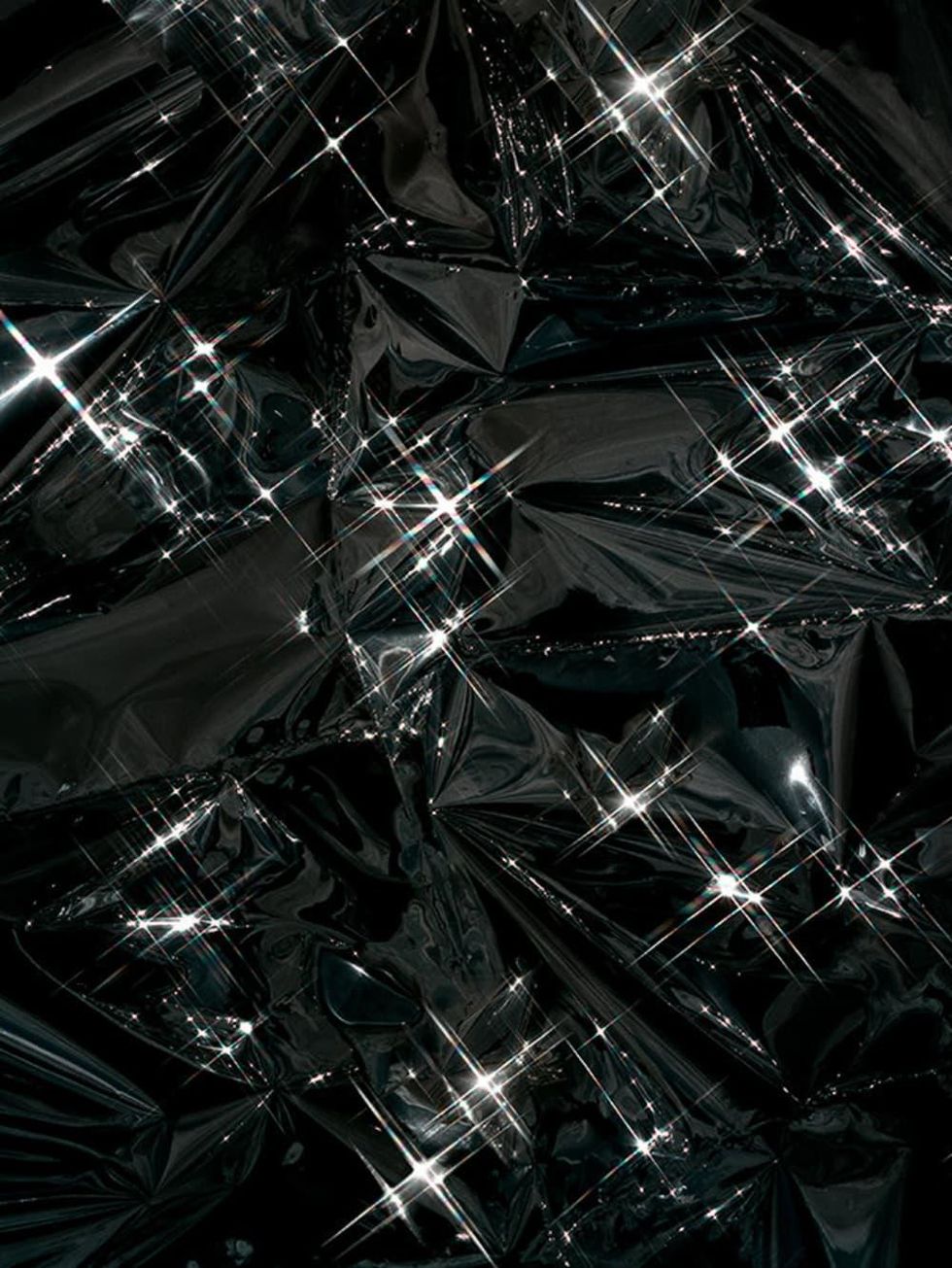
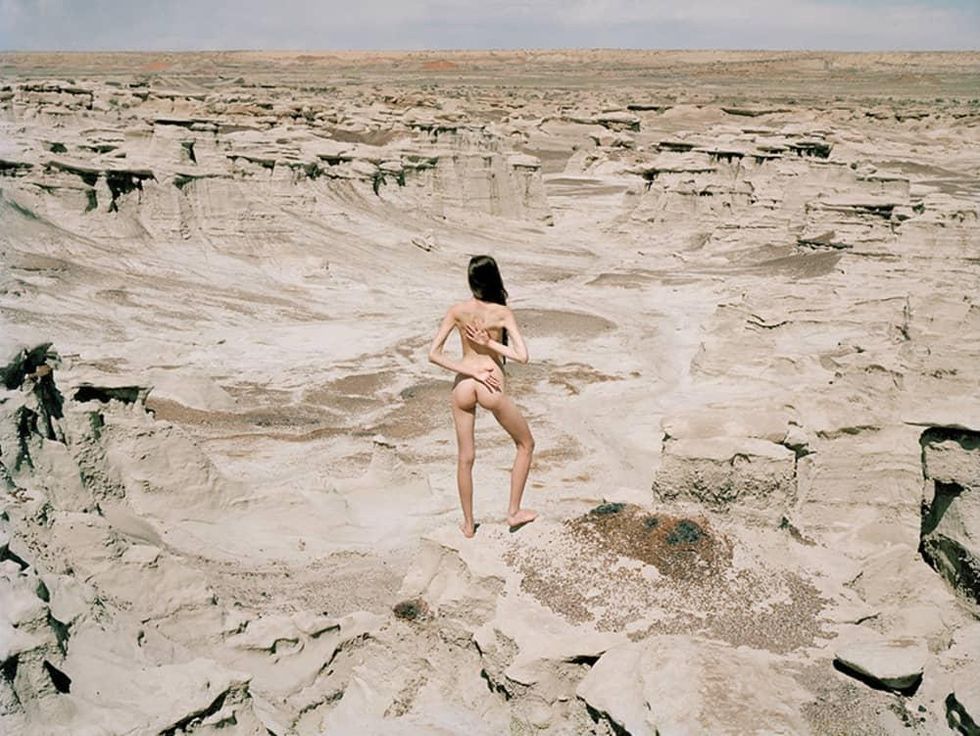
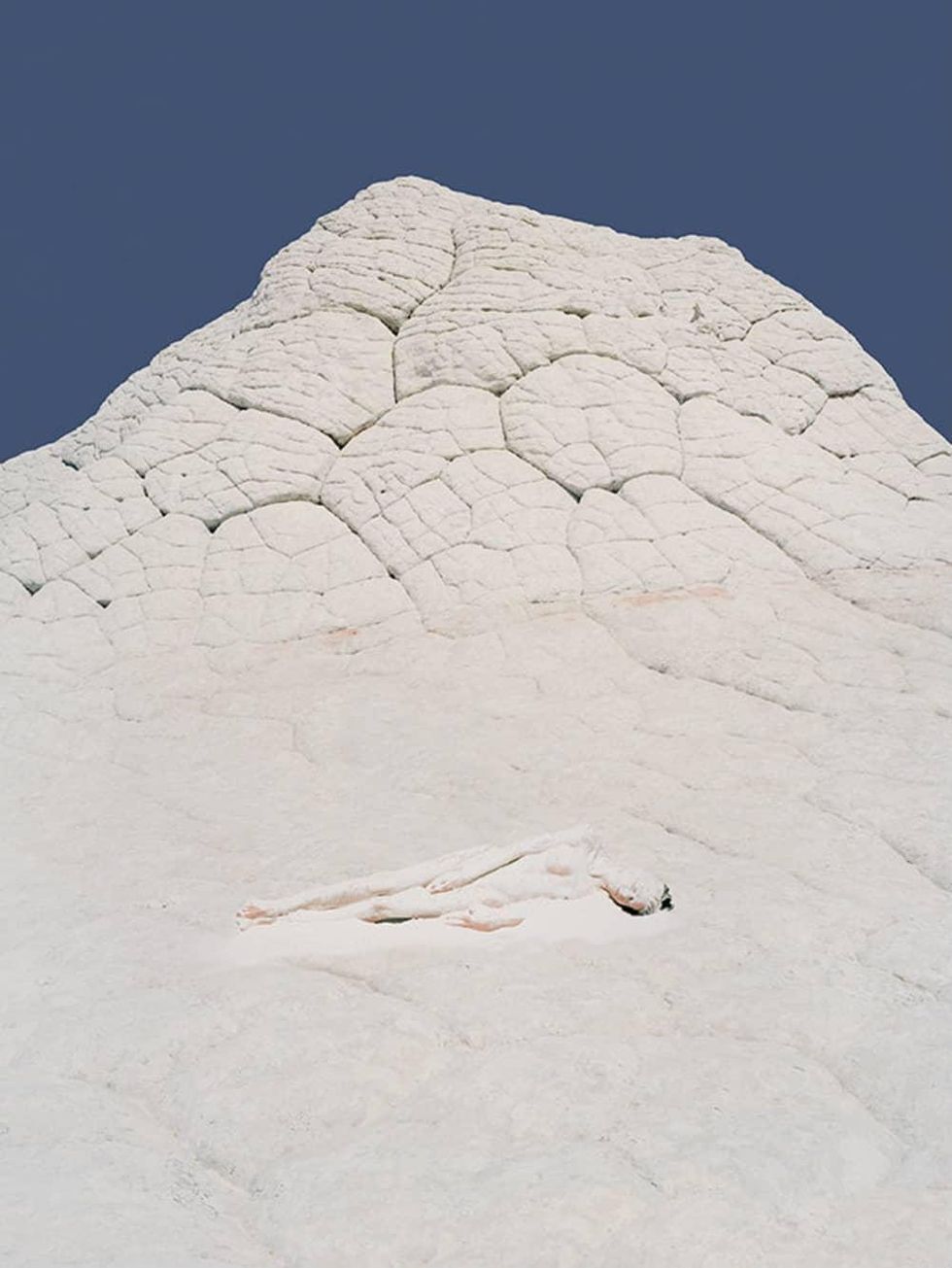

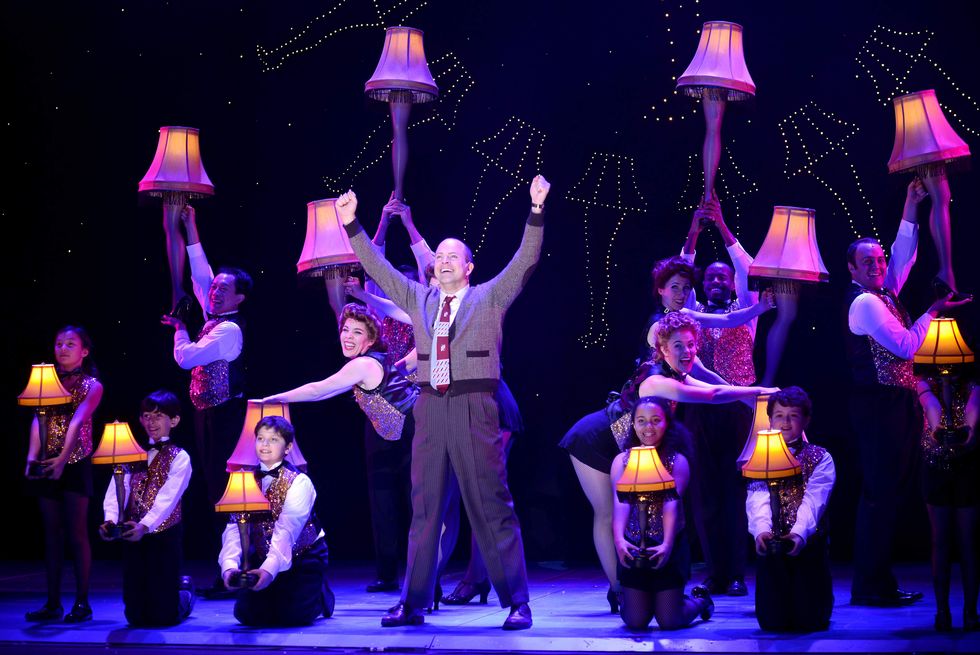 Christopher Swan as The Old Man and the cast of A Christmas Story, The Musical.Photo by Gary Emord Netzley
Christopher Swan as The Old Man and the cast of A Christmas Story, The Musical.Photo by Gary Emord Netzley
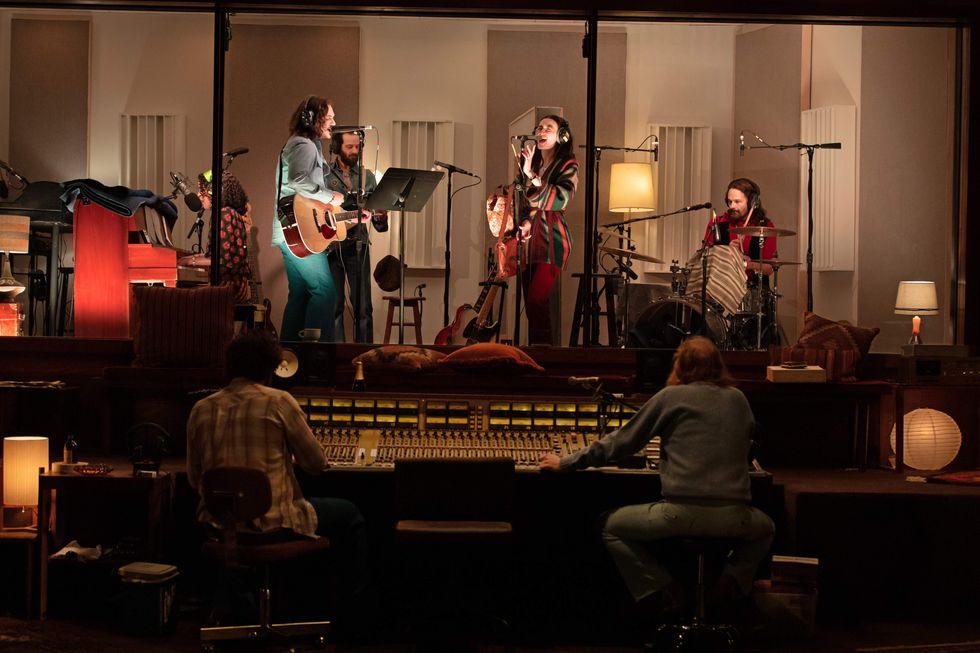 The cast of Stereophonic.Photo by Julieta Cervantes
The cast of Stereophonic.Photo by Julieta Cervantes The cast of Clue.Photo courtesy of ATTPAC
The cast of Clue.Photo courtesy of ATTPAC